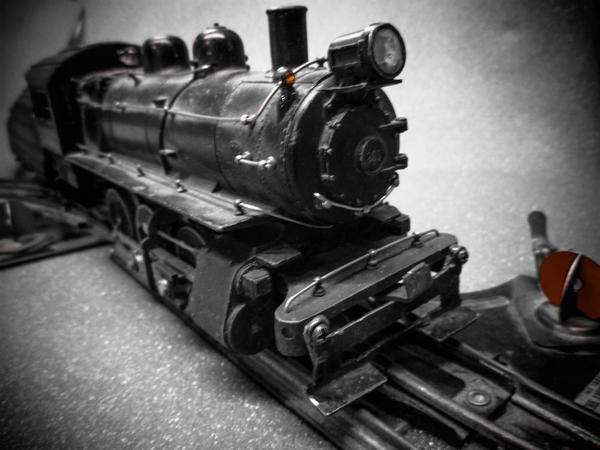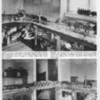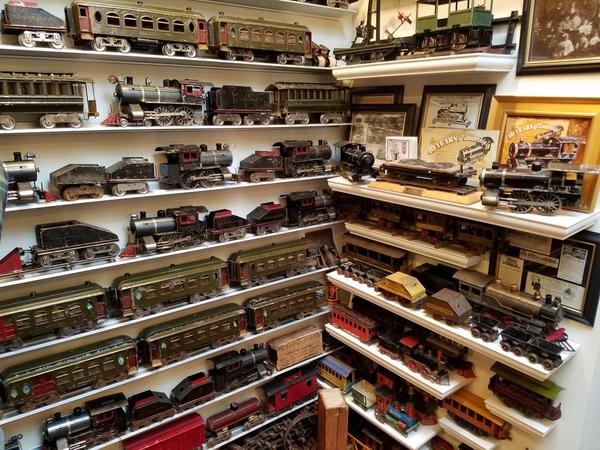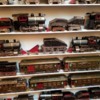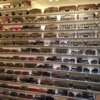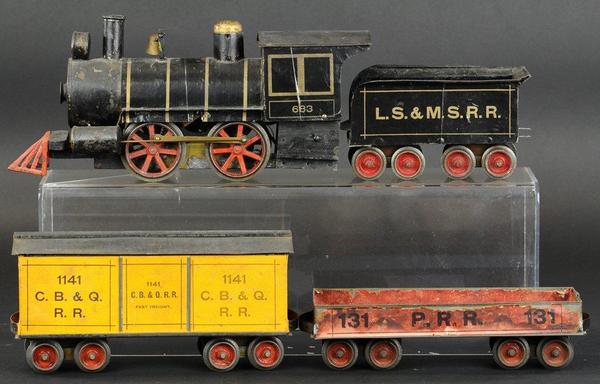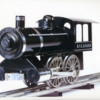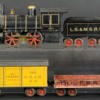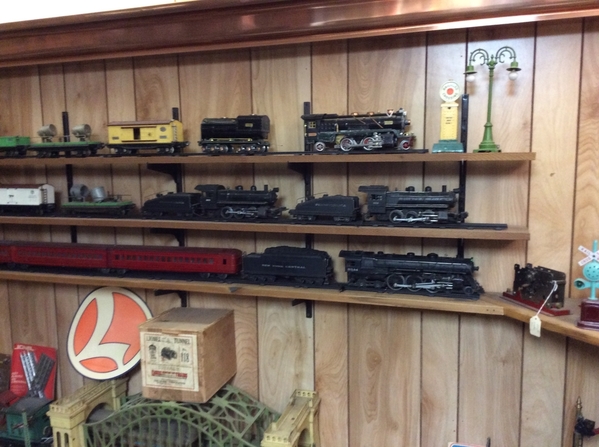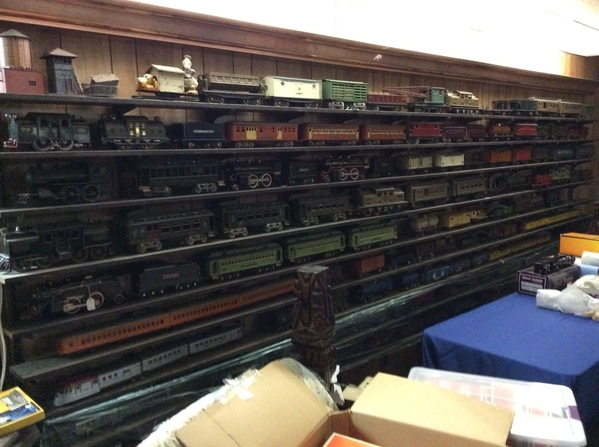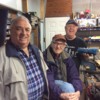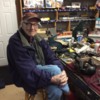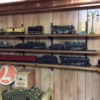Hello tinplate world ..
Thank you for your kind words about a centenarian + ten train .
Lionel had been manufacturing it's 2 7/8" line of trolleys and motor cars from 1901 ....in 1906 they decided to additionally bring out another smaller gauge line of trains .... they called it 2" gauge ...in reality it measured 2 1/8" ... apparently Lionel lacked a tape measure when they first laid out the track. In 1906 Carlisle & Finch, Knapp and Howard were actually building 2" trains ...that were indeed 2" . So was Lionel being funny ? misleading ? or had a strange way of measuring that the rest of the world is unaware of? ...whatever the case "standard gauge" was born ...when it was anything but a "standard".
The other boys offered a 36" diameter for their trains ...so Lionel leading from the rear does the same ...which worked for the little standard gauge trolleys ( #1,#2, #3 ) .... March / April 1907 when Lionel was designing their first steam engine # 5 (040) ... and sights on the #6 ( 440) ...they quickly realized 36" was not going to do it ...... and 42" diameter was launched upon the world .... and why your 400 E is forced to turn on the same radius as a 8.
The holy grail of Lionel is not a State set , # 9 trolley , crackle 400 E etc etc ...no it the original 36" track ... so far it has evaded the human eye since the first half of 1907 when it was replaced with the new and improved "split pin" track and a 42" radius .
Split pin term comes from the center pin ......which is split ....in half ..so track to the left has half a center pin and track to the right has half a center pin slide together ... the logic is much much surface for the electrical contact ... this idea was patent in 1909 filed under Harry C Grant name ...the other partner to Josh that you never hear about from 1901-1909 .
Split pin track also has very narrow ties with no folded foot at the bottom ...so a nice razor sharp bottom edge ...additionally very weak, lacking any ribbing for stiffness.
Initially the curves only had 3 ties ...way too flimsy ..so they added a 4th ... the switches are lovely hold overs from the 2 7/8" line with a cast iron stand ..... Split pin track is a bit on the light side and bends very easily .... when the improved version track with the "normal" conventional "wide" ties with the ribbed base appeared in 1912 /3 .... which is slightly lower than the early track ...was not compatible ..so train folks were forced to up grade the mainline to the heavier , stiffer , more robust , durable track that everyone is familiar with. . ( to further confuse the issue there was a short period were split pins were used on the wider tie track ... but a very short period before switching to solid pins in the center).
The idea of the floor surface for the layout dawned on me when seeing a photo of an original C&F layout snaking around in an attic along the floor ....... ( no disparaging words to indoor / out door carpet ...but it just does not mix with the early period I was trying to re- capture ). In the future as the layout take shape I'll post more photos and you can be the judge as the the overall effect.
Here we have some split pin photos and the patent ..
also a nice article from 1967 with photos of an outstanding early layout circa 1917 .... several of the pieces on the layout date to 1910....track split pin track used ....probably the world largest stash of split pin track . Lucky to be a kid in that room !
using split pin track today ..... swimming up stream anyone ?
Cheers Carey 











